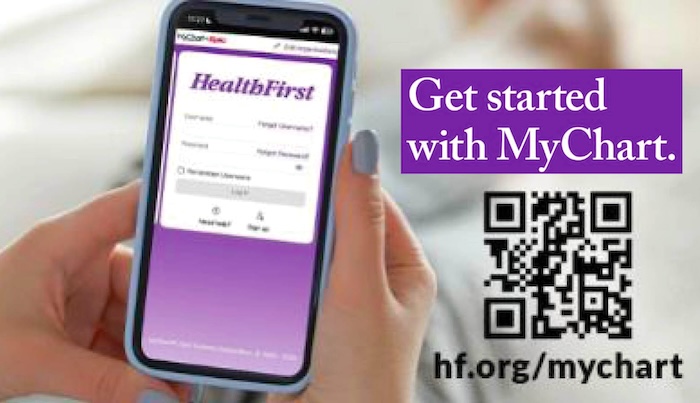University of Arizona Study: Runners Have Greater Functional Connectivity In Their Brains
By Dianne Depra, Tech Times Reporter // December 18, 2016
EDITOR’S NOTE: If you’re thinking about taking up running as your New Year’s resolution and still need some convincing, read the article below from Tech Times that reports on a new study out of the University of Arizona suggesting that avid runners have “better functional connectivity” with their brains than the brains of more sedentary individuals.
MRI scans revealed that running may affect the structure and function of the brain in positive ways similar to the effects on the brain of complex tasks like playing a musical instrument.
So, if you start running, you might enjoy reading SpaceCoastDaily even more in 2017.
–Dr. Jim Palermo, Editor-in-Chief

TECH TIMES—It has already been established that running imparts bodily health benefits but now researchers have also found that runners enjoy greater functional connectivity in their brains.
For a study published in the journal Frontiers in Human Neuroscience, David Raichlen and colleagues compared the brain scans of young adult cross country runners to those from the same age bracket but don’t participate in regular activity. They saw that the former had greater functional connectivity, which are connections between the brain’s distinct regions.
Additional research will have to be done to determine whether physical differences in the brain’s connections lead to differences in cognitive functions but the current study helps offer groundwork that other researchers can use to have a better grasp of exercise effects on the brain, especially in young adults.
Effects Of Running On The Brain
According to Raichlen, one of the reasons why the study took place was that there was a lot of research done to show how physical activity affects the brain positively but most of the studies carried out over the past 15 years involve older adults.
The researchers wanted to see what goes on in the brains of young adults and know that activities carried out by an individual in their younger years can have an impact on what happens to them as they age.

The MRI scans measured the resting state functional connectivity, or what happens in the brain while a participant is awake but not engaged in a particular task or at rest.
Earlier studies have shown that activities requiring fine motor control or high-level hand-eye coordination can change the brain’s function and structure. However, there aren’t many works that explore how repetitive athletic activities can also produce similar effects.
“Although generally considered an automated repetitive task, locomotion, especially at an elite level, likely engages multiple cognitive actions including planning, inhibition, monitoring, attentional switching and multi-tasking, and motor control,” the researchers wrote.
Functional Connectivity In The Brain
Functional connectivity commonly appears changed in older adults, especially those with neurodegenerative conditions like Alzheimer’s disease, so it is an important consideration for researchers. And what is learned from observing the brains of young adults may have a hand in the development of future interventions that can prevent age-related decline in brain cognition.
With the researchers finding out that the brain areas with the most functional connectivity in runners are the areas most affected as well by age, it does raise the possibility that engaging in physical activity as a young adult is beneficial to the brain and may have the potential to ward off the effects of disease and aging.
Tech Times reports on technological innovation and how business and technology intersect, influence and impact different markets and industries to bring about cultural transformation in our lives, and how that is relevant in our increasingly interconnected world. – See more at TechTimes.com.












